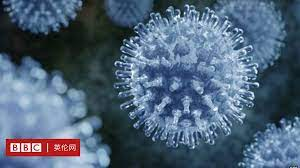Animal industries in the United States pose serious risk of future pandemics and the U.S. government lacks a comprehensive strategy to address these threats, concluded a new study by researchers at Harvard Law School and New York University.

“The report states, far from being a problem that only exists elsewhere, many high-risk interactions between humans and animals that happen routinely and customarily inside the U.S. could spark future pandemics,” said the law school on its website in early July in its coverage of the study.
“All of the animal industries the report examines are far less regulated than they should be and far less than the public believes they currently are,” it noted. “Today, wide regulatory gaps exist through which pathogens can spillover and spread, leaving the public constantly vulnerable to zoonotic disease.”
The immense and increasing scale of animal use in the United States makes the country uniquely vulnerable to zoonotic outbreaks. For example, the U.S. is the largest importer of live wildlife in the world, importing more than 220 million wild animals a year, many without any health checks or disease testing, it added.
The report was the first to comprehensively map networks of animal commerce that fuel zoonotic disease risk in the country. It analyzed 36 different animal industries, including fur-farming, the exotic pet trade, hunting and trapping, industrial animal agriculture, backyard chicken production, roadside zoos, and more, to assess the risks each poses of generating a large-scale disease outbreak.

